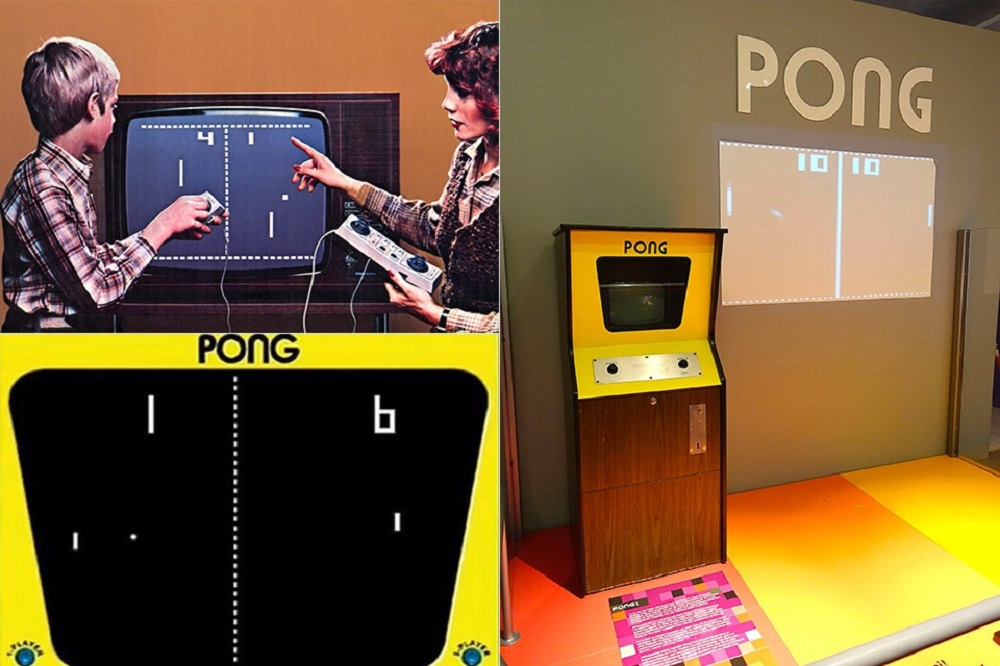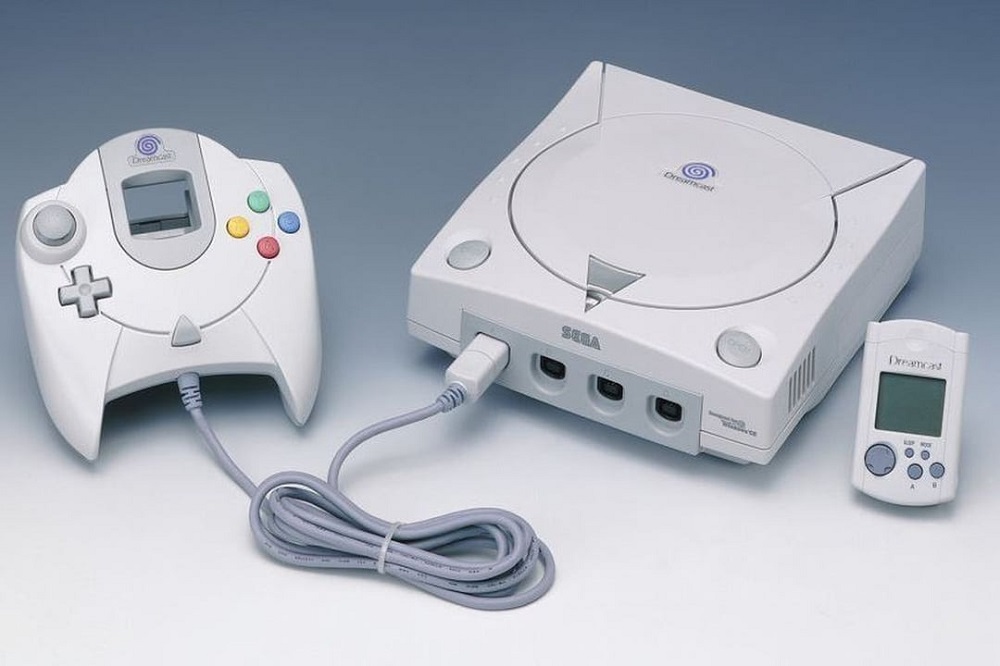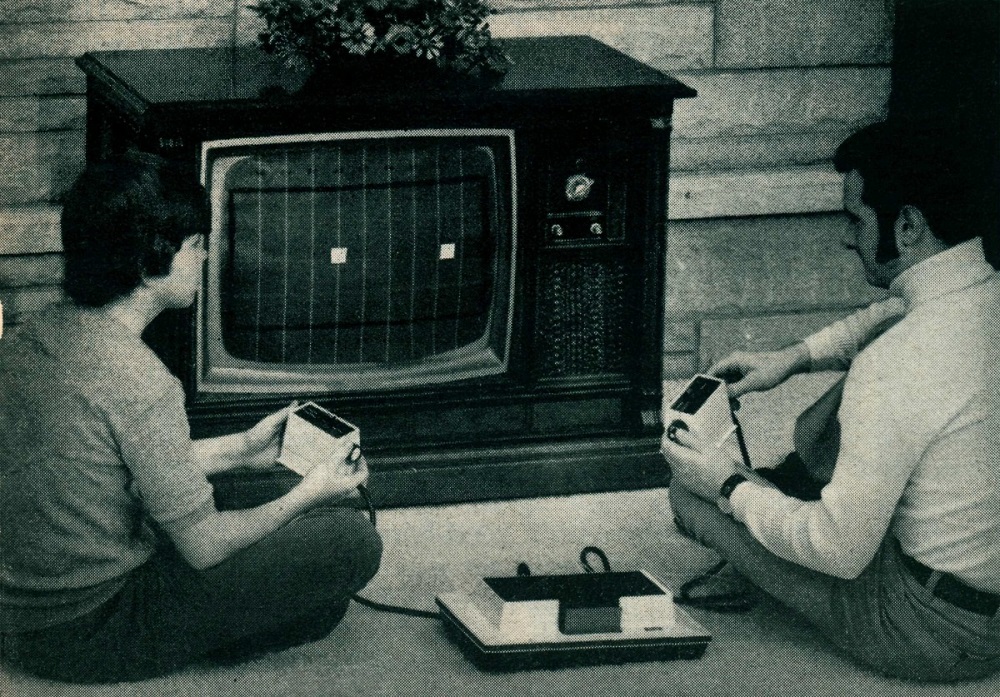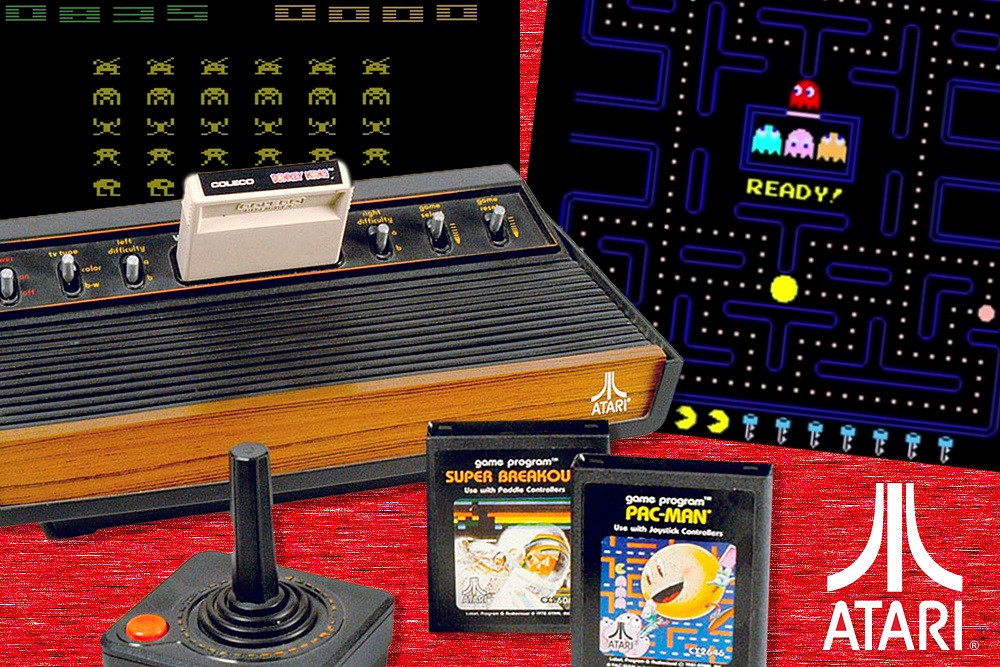Before sprawling RPGs, cinematic graphics, or online multiplayer, gaming began with something far simpler: two paddles, a bouncing dot, and the sound of electronic blips. Released in 1972 by Atari, Pong wasn’t the first video game, but it was the first to capture the public’s imagination and launch gaming into the mainstream.
In this article, Oldies Nest revisits the legacy of Pong, exploring how a table-tennis simulator became a cultural phenomenon, shaped the early gaming industry, and laid the foundation for everything from the NES to the PlayStation.
Pong’s Origins – From Lab to Living Room

Pong was developed by Allan Alcorn, an Atari engineer, as a training exercise suggested by Atari co-founder Nolan Bushnell. Inspired by table tennis, Alcorn programmed a simple game where two players controlled paddles to hit a ball back and forth.
The prototype was placed in a local bar, Andy Capp’s Tavern, and immediately became a sensation. So many quarters jammed the machine’s coin box that it stopped working. This early success proved there was a market for video games outside of labs and arcades.
This commercial success marked the true beginning of the video game industry, paving the way for the first generation of home consoles like the Magnavox Odyssey.
Pong and the Birth of Atari
The runaway success of Pong made Atari a household name. By 1975, Atari released a home version of the game, distributed by Sears. The console sold over 150,000 units during the holiday season, kickstarting the home gaming boom.
Atari’s rise also set the stage for its later dominance with the Atari 2600. As we’ve explored about How Atari 2600 Revolutionized Gaming, the transition from single-game consoles to cartridge-based systems was possible only because Pong proved the concept.
Simple Design, Endless Appeal

Why did Pong resonate so deeply? Its simplicity was its strength.
- Easy to Learn: Anyone could pick up the controller and play within seconds.
- Competitive Fun: The two-player setup fueled friendly rivalries.
- Accessible Locations: Bars, bowling alleys, and arcades introduced games to people who had never set foot in a lab.
The design embodied a timeless principle of gaming: fun comes first, complexity second.
Cultural Impact – From Bars to Boardrooms
Pong wasn’t just a game; it was a cultural event.
- Bars became early gaming hubs, where patrons gathered around machines.
- Media coverage described video games as the “new pinball.”
- Pong machines appeared in offices and even airports.
By the mid-1970s, Pong was a household name, used as shorthand for “video game.” Its popularity influenced competitors to create their own versions, sparking an early wave of clones.
Pong Clones and the First Console Wars
The success of Pong inspired hundreds of imitators. Magnavox sued Atari, claiming that Pong infringed on patents for the Odyssey. Atari settled, paying Magnavox to license the technology, but by then the market was flooded with Pong-like machines.
This was the earliest version of the console wars. Every company wanted its own Pong machine, creating an oversaturated market that foreshadowed the video game crash of 1983. Yet, through the chaos, Pong’s influence endured, shaping the way games were marketed and sold.
Pong at Home – A Family Revolution
The home version of Pong turned gaming into a domestic pastime. Families gathered in living rooms, competing for high scores.
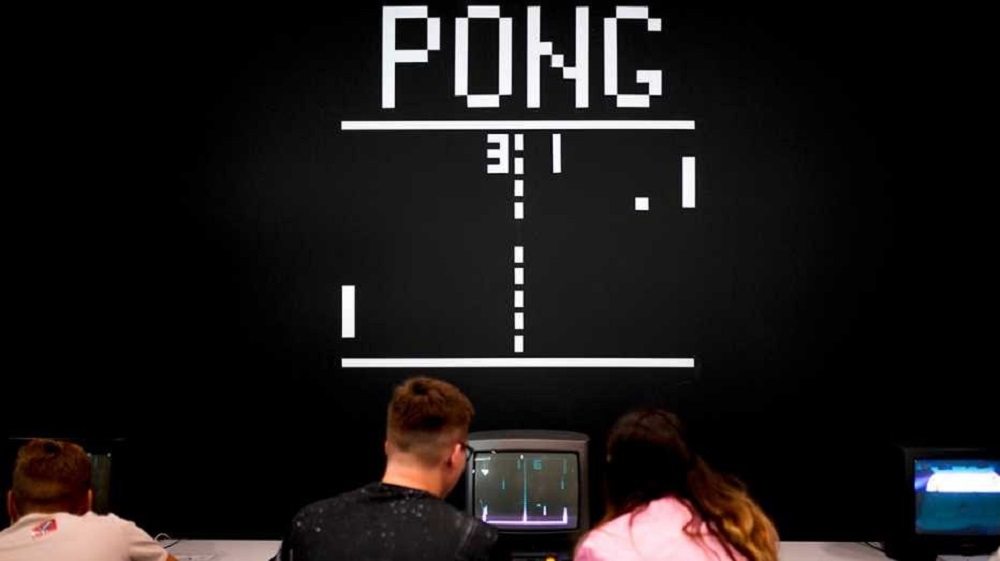
- Pong transitioned gaming from arcades into households.
- It transformed TV sets into interactive devices.
- It created the idea of video games as shared family entertainment.
This cultural shift was crucial. By the time the NES arrived in 1985, audiences were already primed to see video games as a part of everyday life.
Legacy in Game Design
Though primitive, Pong introduced ideas that persist in modern gaming:
- Scorekeeping: Competitive structure that drives replayability.
- Physics Simulation: The ball’s movement mimicked real bounce angles.
- Accessibility: Games must be approachable to succeed.
Even today, indie developers cite Pong as an inspiration for minimalist design. Its DNA lives in modern casual titles, mobile games, and competitive eSports.
Pong’s Role in Popularizing Multiplayer
Multiplayer gaming is often associated with LAN parties or online servers, but Pong was the first mainstream head-to-head experience.
Two players sat side by side, competing directly. This interaction made Pong more than a game — it was a social experience, establishing a tradition that stretches from split-screen Mario Kart to global online tournaments.
Pong in Education and Research
Interestingly, Pong also influenced academic and research communities. Educators used it to study human-computer interaction, reflexes, and even ergonomics. Its simplicity made it a perfect case study for early experiments in digital interfaces.
The Modern Life of Pong

Even in 2025, Pong hasn’t disappeared. It lives on in countless forms:
- Mobile remakes and browser games.
- Retro collections on consoles like the Switch and PlayStation.
- Modern art installations where Pong is reimagined as interactive sculpture.
Collectors also seek original Pong machines, which fetch high prices as historical artifacts of gaming culture.
Why Pong Still Matters Today
Pong’s enduring importance lies in its ability to connect generations. For older gamers, it’s a reminder of where it all began. For younger ones, it’s a symbol of simplicity and fun.
The lessons of Pong — accessibility, interactivity, and social play — continue to guide developers. Without Pong, there would be no NES, no Genesis, no PlayStation. It was the spark that ignited a cultural revolution.
Pong may seem primitive today, but in 1972 it was revolutionary. By transforming televisions into interactive machines, it shifted entertainment forever. Pong’s influence stretches across decades of consoles, from the Atari 2600 to the Nintendo Switch.
It was never just about paddles and a ball — it was about proving that games could be mainstream entertainment. Pong didn’t just begin gaming history; it made gaming history possible.
